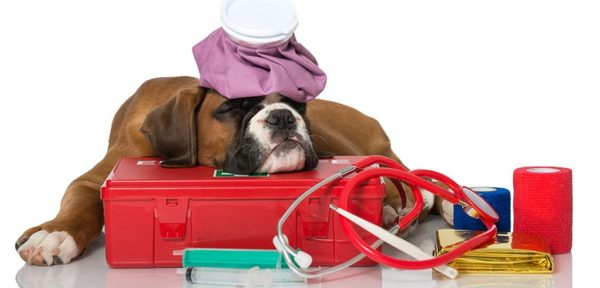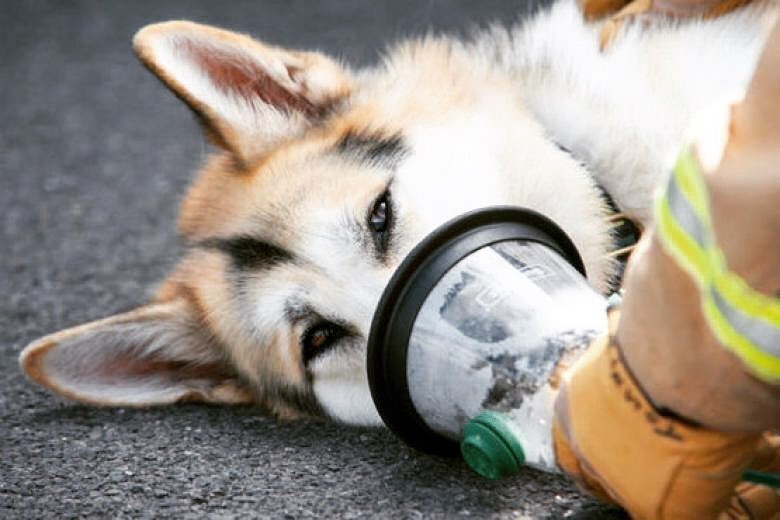
Many pets now travel almost everywhere with their owners. They go hiking, camping, hunting and on road trips now more than ever. These pets are sometimes hours away from veterinary care. A first aid kit can help to treat your pet prior to getting them in to see a veterinarian.
A lot of injuries and emergency situations may even occur in places that your dog goes every day. Injuries can occur in places like the back yard, dog parks and the busy streets that we live on.
Building Your Pet First Aid Kit
Here are the things that you should have in a first aid kit for your pet. These may be things that you already have in your personal first aid kit.
- Phone numbers for your veterinarian and the local emergency or after-hours hospital - These are the most important things to have on hand. Your veterinarian can help talk you through any treatment that your pet may need. It also allows the veterinary hospital to know that you are coming in for an emergency. If they know you are coming they can be better prepared to treat your pet once you arrive.
- Rolled gauze - can be used to wrap wounds or as a muzzle, if needed.
- Clean non stick bandages, towels or strips of clean cloth - used to clean wounds and control bleeding (*do not use human adhesive bandages, i.e., Band-Aids® on pets).
- An elastic bandage - can be used as a wrap to control bleeding or to stabilize an injured leg.
- Tape - used to hold bandages or wraps in place.
- Scissors - to cut bandages to the correct size.
- Leash - to transport pets if they can walk. If they can’t walk, you can use a large towel or blanket as a stretcher.
- Muzzle - many pets may become more aggressive when they are scared or in pain. If needed, you can use gauze, rope, a necktie or a small towel.
- Milk of magnesia or activated charcoal – to absorb poison. Always contact your veterinarian or local poison control center before treating a pet for poison.
- Digital (fever) thermometer - to check your pet’s temperature. Do not insert it into your pet’s mouth; the temperature must be taken rectally.
- Eye dropper – to give oral treatments or flush wounds.
- Hydrogen peroxide - can be used to induce vomiting if needed. It is very important that you do not make your pet vomit unless directed by a veterinarian. Many toxins can cause worse damage if the pet vomits.
- Diphenhydramine – can be used to treat some allergic reactions. Do not administer unless directed by your veterinarian. The doctor can tell you the dose and how to administer if needed.
Treating an Injured Pet
When you approach a pet that has been injured, remember that he or she is most likely scared and in pain. This can cause even the most mild mannered pets to try and bite. Make sure that you do not get injured trying to help your pet. First aid should always be followed up by immediate veterinary care.
First aid is not designed to replace veterinary care; only to augment it to give your pet the best chance of a full recovery. Many injuries and toxin ingestions can become severe or even life-threatening if not treated as soon as possible.


